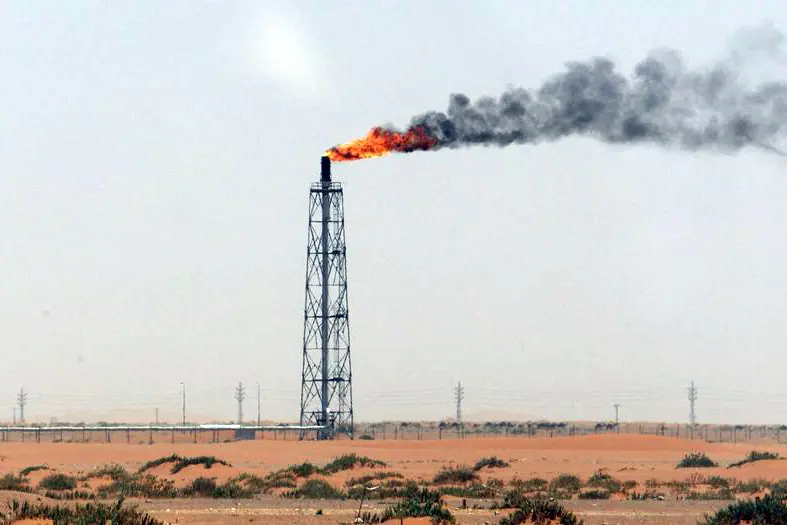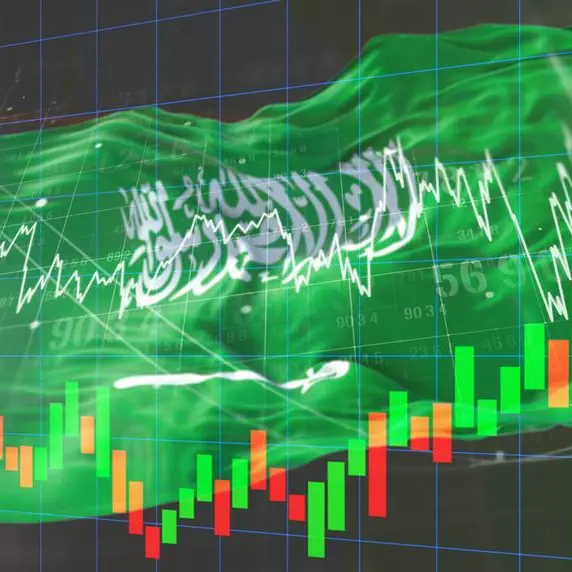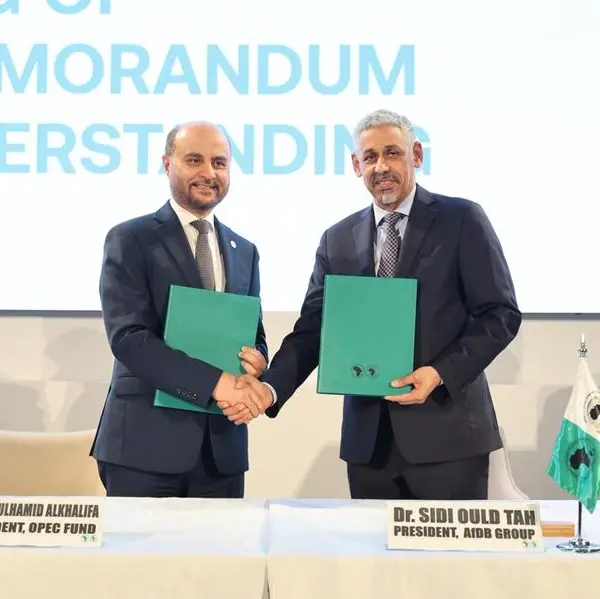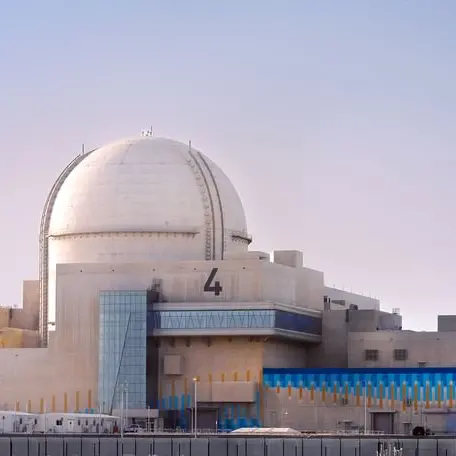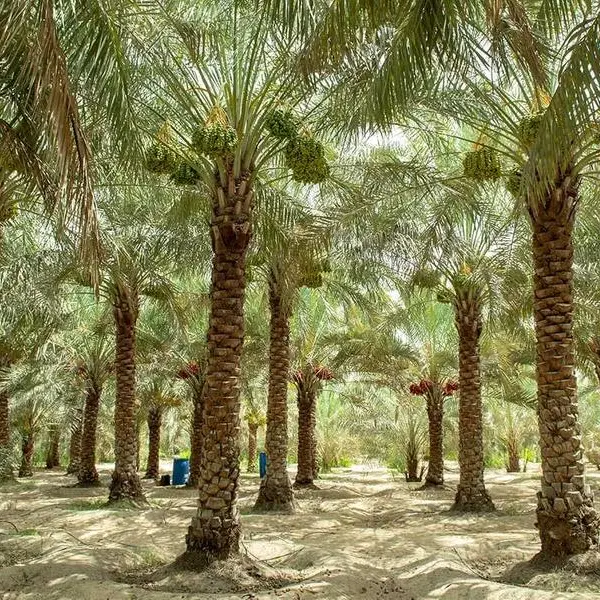PHOTO
(The opinions expressed here are those of the author, a columnist for Reuters.)
By Clyde Russell
LAUNCESTON, Australia, Aug 1 (Reuters) - Sometimes actions really do speak louder than words, with Saudi Arabia's slashing of crude oil prices to customers in Asia contrasting with recent comments from the kingdom's top oil executive that chasing market share isn't a priority.
Saudi Aramco, the state-controlled oil company, cut its official selling price (OSP) for its benchmark Arab Light grade for September-loading cargoes by $1.30 a barrel to a discount of $1.10 to the regional marker Oman-Dubai.
The reduction was the largest since October last year and has taken the OSP from a premium of 60 cents a barrel to the biggest discount in nine months in just two months.
Saudi Aramco doesn't release commentary with its pricing statement and doesn't officially comment on its policy in setting the OSP, but the actions of the past two months suggest the world's largest crude exporter may not be quite as relaxed about its market share as its chief executive recently stated.
Chief Executive Amin Nasser told Reuters on July 20 that Saudi Aramco wasn't worried about rival producers, such as Iraq, Iran and Russia, gaining ground in key market Asia, destination for about two-thirds of the kingdom's exports.
"Customers are increasing, no we are not," he said when asked if he was worried about other producers gaining market share in Asia.
While Nasser is correct insofar as Saudi Arabia's exports to Asia are increasing, it may be galling for the market leader to see its rivals doing that much better.
Top customer China barely increased its purchases from Saudi Arabia in the first half of 2016, taking 0.24 percent more at 26.455 million tonnes, according to customs data.
On a barrels per day (bpd) basis, Saudi Arabia's exports to China in the first half were actually slightly down, given there was an extra day this year because of the leap year.
China imported 1.061 million bpd in the first six months of 2016, down from 1.064 million in the same period in 2015.
Saudi Arabia's share of China crude imports in the first half was 14.2 percent, down from 16.2 percent a year ago.
In contrast, Russia's share went from 11.9 percent to 14.1 percent and it is almost level pegging with Saudi Arabia as the leading supplier to China.
It's a stronger story for Saudi Arabia in India, the second-largest crude importer in Asia, where the kingdom has increased market volumes.
India imported 828,500 bpd from Saudi Arabia in the first half of the year, up from 765,600 bpd in the same period in 2015, according to trade sources and vessel-tracking data from Thomson Reuters Supply Chain and Commodities Research.
But even though Saudi Arabia has seen its shipments to India rise by 8.2 percent, it has been overtaken as the South Asian nation's top supplier by Iraq, which exported 844,400 bpd in the first half of 2016 compared to 594,600 bpd a year earlier.
The numbers show that while Saudi Arabia is increasing its exports, it's not doing so by as much as its main regional rivals.
HOW RELAXED ARE THE SAUDIS REALLY
Up to recently it did appear that the kingdom was fairly relaxed about this situation, as indicated by Aramco's Nasser in the recent interview.
Aramco raised its OSP in three out of the four months from April to July, and the one month it cut was a token reduction of just 10 cents a barrel.
This suggested that Saudi Arabia was gaining some confidence that the oil market was starting to re-balance, a view that was supported by an 88-percent jump in global benchmark Brent crude > between late January and early June.
However, since then Brent has retreated by almost 18 percent, which may have dented confidence in the view that the market is close to re-balancing.
This alone may have been enough to prompt Saudi Aramco to move aggressively to discounting its OSP.
However, there is another factor at work, namely the sharp contraction of the premium of Brent over the benchmark Middle East grade, Dubai.
The difference, known as the exchange for swaps
DUB-EFS-1M
, dropped to $2.22 a barrel on July 29, the lowest since Nov. 13 last year.
The Saudi OSP tends to track movements in the Brent-Dubai spread to try and ensure that refining customers pay more or less the same for oil no matter where in the world they are located.
However, when the Brent-Dubai EFS was last in a declining pattern between May and August last year, the Saudis were actually raising the OSP, albeit from discounted levels.
Overall, while there are market factors that would help explain the sharp drop in the Saudi OSP, it's also likely that the kingdom isn't quite so relaxed about both its market share and pace of re-balancing between crude supply and demand. (Editing by Himani Sarkar) ((clyde.russell@thomsonreuters.com)(+61 437 622 448)(Reuters Messaging: clyde.russell.thomsonreuters.com@reuters.net))
By Clyde Russell
LAUNCESTON, Australia, Aug 1 (Reuters) - Sometimes actions really do speak louder than words, with Saudi Arabia's slashing of crude oil prices to customers in Asia contrasting with recent comments from the kingdom's top oil executive that chasing market share isn't a priority.
Saudi Aramco, the state-controlled oil company, cut its official selling price (OSP) for its benchmark Arab Light grade for September-loading cargoes by $1.30 a barrel to a discount of $1.10 to the regional marker Oman-Dubai.
The reduction was the largest since October last year and has taken the OSP from a premium of 60 cents a barrel to the biggest discount in nine months in just two months.
Saudi Aramco doesn't release commentary with its pricing statement and doesn't officially comment on its policy in setting the OSP, but the actions of the past two months suggest the world's largest crude exporter may not be quite as relaxed about its market share as its chief executive recently stated.
Chief Executive Amin Nasser told Reuters on July 20 that Saudi Aramco wasn't worried about rival producers, such as Iraq, Iran and Russia, gaining ground in key market Asia, destination for about two-thirds of the kingdom's exports.
"Customers are increasing, no we are not," he said when asked if he was worried about other producers gaining market share in Asia.
While Nasser is correct insofar as Saudi Arabia's exports to Asia are increasing, it may be galling for the market leader to see its rivals doing that much better.
Top customer China barely increased its purchases from Saudi Arabia in the first half of 2016, taking 0.24 percent more at 26.455 million tonnes, according to customs data.
On a barrels per day (bpd) basis, Saudi Arabia's exports to China in the first half were actually slightly down, given there was an extra day this year because of the leap year.
China imported 1.061 million bpd in the first six months of 2016, down from 1.064 million in the same period in 2015.
Saudi Arabia's share of China crude imports in the first half was 14.2 percent, down from 16.2 percent a year ago.
In contrast, Russia's share went from 11.9 percent to 14.1 percent and it is almost level pegging with Saudi Arabia as the leading supplier to China.
It's a stronger story for Saudi Arabia in India, the second-largest crude importer in Asia, where the kingdom has increased market volumes.
India imported 828,500 bpd from Saudi Arabia in the first half of the year, up from 765,600 bpd in the same period in 2015, according to trade sources and vessel-tracking data from Thomson Reuters Supply Chain and Commodities Research.
But even though Saudi Arabia has seen its shipments to India rise by 8.2 percent, it has been overtaken as the South Asian nation's top supplier by Iraq, which exported 844,400 bpd in the first half of 2016 compared to 594,600 bpd a year earlier.
The numbers show that while Saudi Arabia is increasing its exports, it's not doing so by as much as its main regional rivals.
HOW RELAXED ARE THE SAUDIS REALLY
Up to recently it did appear that the kingdom was fairly relaxed about this situation, as indicated by Aramco's Nasser in the recent interview.
Aramco raised its OSP in three out of the four months from April to July, and the one month it cut was a token reduction of just 10 cents a barrel.
This suggested that Saudi Arabia was gaining some confidence that the oil market was starting to re-balance, a view that was supported by an 88-percent jump in global benchmark Brent crude > between late January and early June.
However, since then Brent has retreated by almost 18 percent, which may have dented confidence in the view that the market is close to re-balancing.
This alone may have been enough to prompt Saudi Aramco to move aggressively to discounting its OSP.
However, there is another factor at work, namely the sharp contraction of the premium of Brent over the benchmark Middle East grade, Dubai.
The difference, known as the exchange for swaps
The Saudi OSP tends to track movements in the Brent-Dubai spread to try and ensure that refining customers pay more or less the same for oil no matter where in the world they are located.
However, when the Brent-Dubai EFS was last in a declining pattern between May and August last year, the Saudis were actually raising the OSP, albeit from discounted levels.
Overall, while there are market factors that would help explain the sharp drop in the Saudi OSP, it's also likely that the kingdom isn't quite so relaxed about both its market share and pace of re-balancing between crude supply and demand. (Editing by Himani Sarkar) ((clyde.russell@thomsonreuters.com)(+61 437 622 448)(Reuters Messaging: clyde.russell.thomsonreuters.com@reuters.net))
